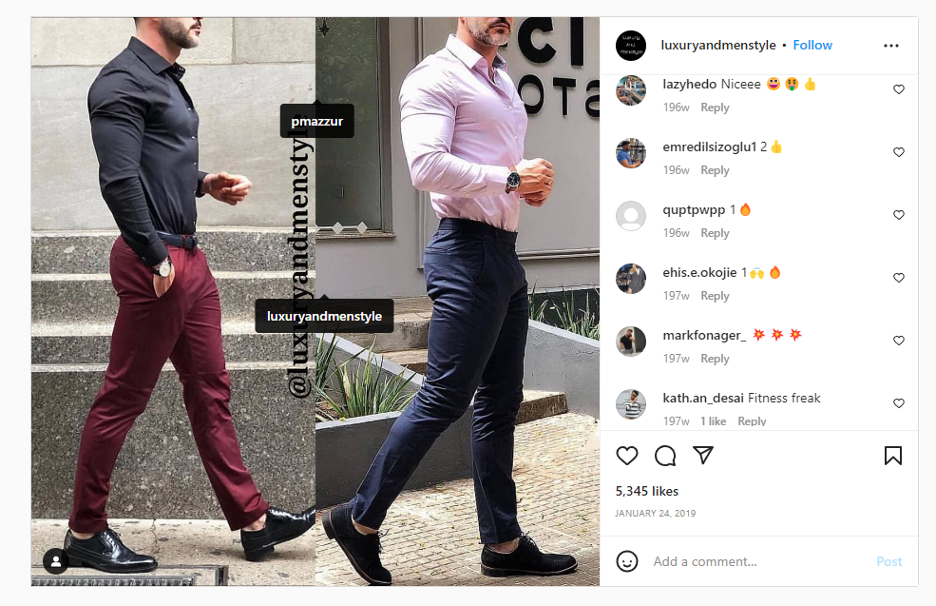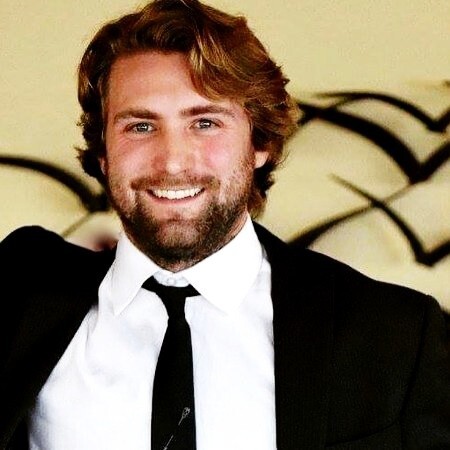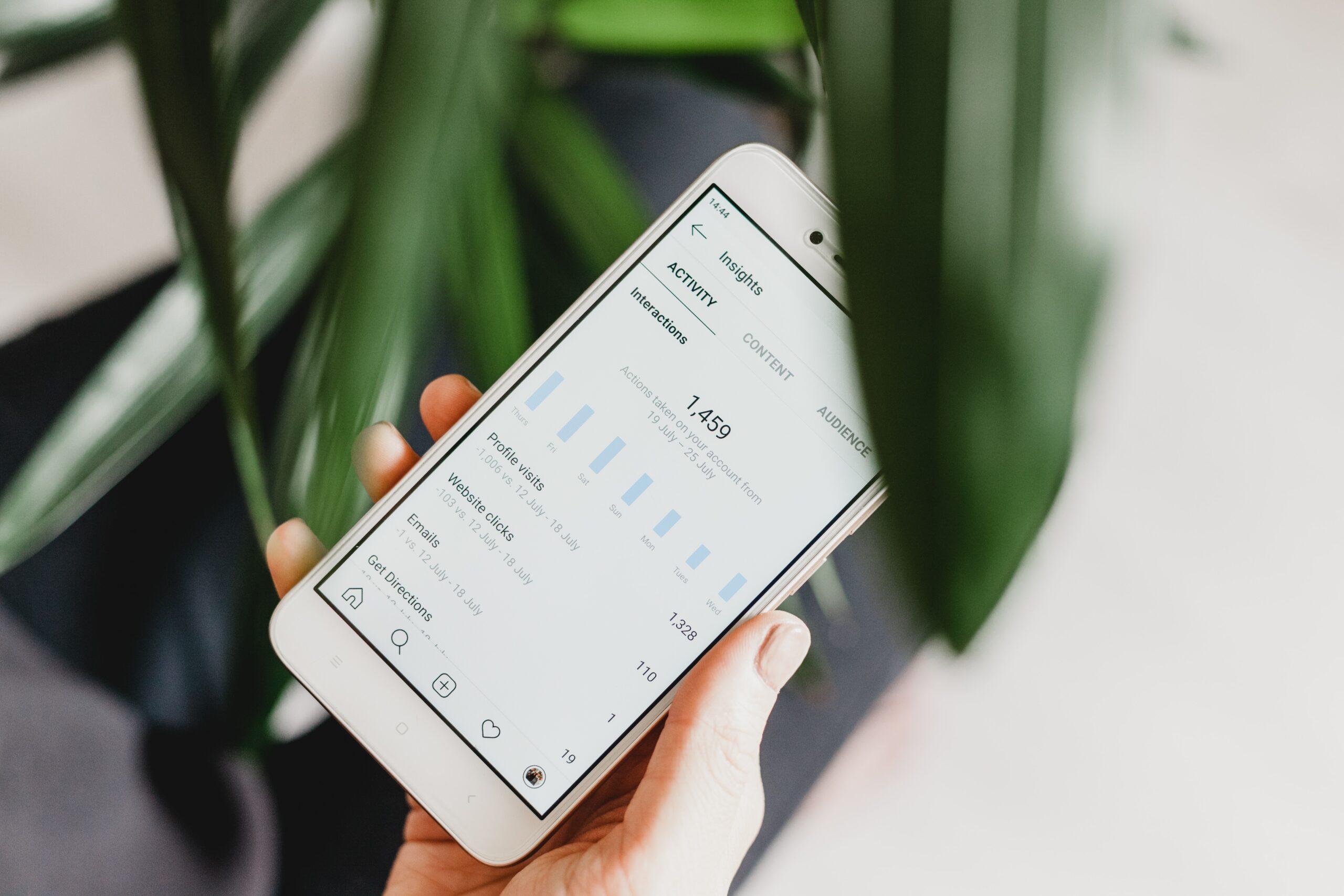Influencer marketing grew in popularity because it’s effective. People are naturally swayed by the opinions of industry leaders, experts, and those they know.
Brands are seeking out influencer collaborations, leading more and more people to try to establish themselves as top influencers. It takes time to build a dedicated audience, however, and some are taking shortcuts to get ahead.
Influencer fraud is a growing issue in influencer marketing. If brands unknowingly choose a fake influencer, it can be incredibly detrimental to their campaigns. Without real influence over a real audience, these influencers can’t deliver good results. At worst, fake influencers can damage a brand’s reputation while diminishing the marketing budget.
There are a number of ways brands can identify fake influencers and avoid collaborating with them, fortunately.
Table of Contents
- What Are Fake Influencers?
- The Impact of Fake Influencers
- How to Identify Fake Influencers
- Unusual Follower-to-Engagement Ratio
- Engagement Quality
- Dramatic Follower Increase
- References
- Performance Metrics
- Follower Profiles
- Audience Quality
- What to Do Once Fake Followers Are Identified
- Avoid Collaborations with Fake Influencers
What Are Fake Influencers?
Fake influencers are influencers who appear to have a dedicated audience and social sway. They post high-quality images and content, but the difference between them and genuine influencers is that their audience consists of fake accounts and bot accounts. There’s no meaningful influence over actual people.
In some cases, a fake influencer may be a group of people who create an account together, usually using stock photos or a model to act as an influencer. They can then buy followers and engagement to appear as a genuine influencer.
Whether there’s a brand, a group of people, or an individual behind the fake influencer persona, that doesn’t make the influencer or the audience any more genuine or impactful.
The Impact of Fake Influencers
Influencer fraud is harmful to a brand in many ways, including financially. Fake influencers can sap a marketing budget quickly without generating any results.
In fact, an analysis from Points North Group found that one brand spent up to $600,000 on impressions that were either unseen or seen by only fake followers.[1]
For a small brand with limited resources, this much loss can be crippling. For a large and established brand, it may be able to recover without long-term impact, but it will take a lot of work. Worse still, these resources could’ve been allocated toward marketing channels that provide genuine results.
Aside from the time and financial impact, influencer fraud can damage a brand’s reputation. Customer trust and loyalty takes time to build, but just one deceptive marketing campaign is all it takes to ruin it. As expected, fake influencers aren’t known for credibility.
How to Identify Fake Influencers
Fake influencers can be good at their deception, but there are some ways to tell them apart from genuine influencers.
Unusual Follower-to-Engagement Ratio
Bots and fake accounts make up most of a fake influencer’s followers. Along with this, they usually have a low engagement rate, especially for the large audience. It’s one thing to buy thousands of followers but another to get them to engage with content.
Another red flag with the follower-to-engagement ratio is an unusually high engagement rate with low-quality false engagement. Influencers can purchase this as well, and it’s obvious if the engagement rate is consistent across most of the posts.
The steps for calculating average engagement rate include:
- Dividing the total number of engagement within a 30-day period by the number of posts in that same period
- Dividing the amount by the total number of followers
- Multiplying that answer by 100 to get a percentage, or average engagement rate, for the 30-day period
Determining average engagement rate manually can be complicated and time-consuming, but there’s less time wasted than developing a strategy and campaigns for an influencer who can’t produce results.
It’s important to have industry benchmarks to compare the engagement rate to as well. Engagement rates can vary by size and industry, which should identify patterns and anomalies.
For example, accounts with 2000 to 5000 followers have an average engagement rate of 6%.[2] As the follower count increases, the number gradually decreases. For accounts with one million or more followers, the average engagement rate is 1.5%.
Engagement Quality
The engagement rate is a clue for the authenticity of the influencer, but it’s not always foolproof. Some fake influencers purchase fake engagement or use engagement pods to increase their engagement rate.
If this is the case, brands may need to do manual work to analyze the quality of the engagement. Typically, bots and purchased followers will have a lot of irrelevant comments or tags, a lot of emoji-only comments, and generic comments that could apply to virtually anything.
Authentic influencers will get some of these comments as well, but they should have a mix of relevant comments also. These comments will ask questions or explicitly mention the content in the post, rather than saying something like “amazing shot” or “nice pic.”
In this example, it’s clear that these followers are genuinely engaging with the content.
 Source: Instagram
Source: Instagram
Here’s an example of followers that may be bots or purchased – most of them are irrelevant or generic.
 Source: Instagram
Source: Instagram
That said, there’s cause for concern if a lot of the comments come from the same people on most of the posts. These patterns may indicate an engagement pod, which is a group of people who agree to engage with each other’s posts to improve the engagement rate. While there may be some benefits to reaching these audiences, most engagement pods indicate an influencer who paid for their followers or engagement.
Dramatic Follower Increase
Sudden increases in follower count indicate purchased influence. The spike comes from bot accounts. Genuine influencers experience a steady increase in followers with a few occasional deviations, but nothing significant.
In some cases, the spike in follower counts can be the result of viral content, but that’s not easy for influencers to accomplish. When this is genuine, the followers dramatically increase and continue to increase gradually afterward. With fake followers, the spike is usually followed by a drop in follower counts.
References
An influencer collaboration is not unlike hiring an employee or contractor, so it should follow some of the same due diligence. Brands should feel free to ask for references from previous businesses to show their experience and results.
A successful influencer-brand partnership relies on more than just big numbers and empty promises. References should show if an influencer can deliver quality, impactful campaigns, especially with performance metrics to verify what they’re saying.
Performance Metrics
Real influencers typically have a business account on social media, which allows them to see their performance in impressions, reach, engagement, and more. This shows the influencer how well their campaigns are performing.
Brands should be able to ask for their most current engagement statistics shown in a screenshot to verify that they get the results they claim. The benchmarks vary by industry, but it should provide some insights into the influencer’s authenticity and past success.
Follower Profiles
This takes a little more work, but the follower profiles can reveal bots on an influencer’s account. If a follower leaves a lot of emojis or generic comments, it could be a red flag or it could be the way these people communicate. The only way to tell is with the original profile.
Typically, fake accounts have sparse information – a blank bio, limited details, no photo or a stock photo. These accounts may not have any posts at all, or limited posts. Usually, these accounts don’t have many followers.
If a few follower profiles indicate fake accounts, brands should pay attention to how many comments are coming from these types of accounts. A large number of fake profiles surely indicates a paid audience.
This is an example of what a fake follower profile may look like.
 Source: Instagram
Source: Instagram
They may not all be this obvious, but there’s a clear difference between fake profiles that put little effort into them and authentic profiles.
Audience Quality
Most of these tips identify fake influencers, but analyzing the audience quality is an ideal way to spot them. There are several tools available to analyze the percentage of real followers and fake followers on Instagram accounts using only a username.
These tools are not only helpful for determining the quality of potential influencers, but it can help brands evaluate their own audience quality or that of competitors.
All accounts will have some fake or bot followers, and this is mainly because there are so many bot accounts. Most users don’t have bots accounting for a large portion of their audience, however.
What to Do Once Fake Followers Are Identified
Under no circumstances should a brand partner with a fake influencer. Backing out of the partnership is the best course of action. Brands should make note of fake influencers as well, which helps to identify them in the future.
This list should include their social media handles, reason for eliminating them, and other identifying information like their real name. In the future, this list will be helpful for avoiding a lengthy research process to find new influencers.
Avoid Collaborations with Fake Influencers
Fake influencers are an unfortunate aspect of the popularity of influencer marketing. As long as it’s lucrative, there will be people seeking overnight success and a quick payout. These tips should help brands identify fake influencers easily and focus campaigns on genuine influencers with dedicated audiences. Consult with our influencer marketing agency to learn how we combat fake influencers.
Sources:
[1] https://adage.com/article/digital/study-influencer-spenders-finds-big-names-fake-followers/313223
[2] https://www.oberlo.com/statistics/influencer-engagement-rate#:~:text=According%20to%20a%20recent%20study,and%20multiplying%20it%20by%20100





